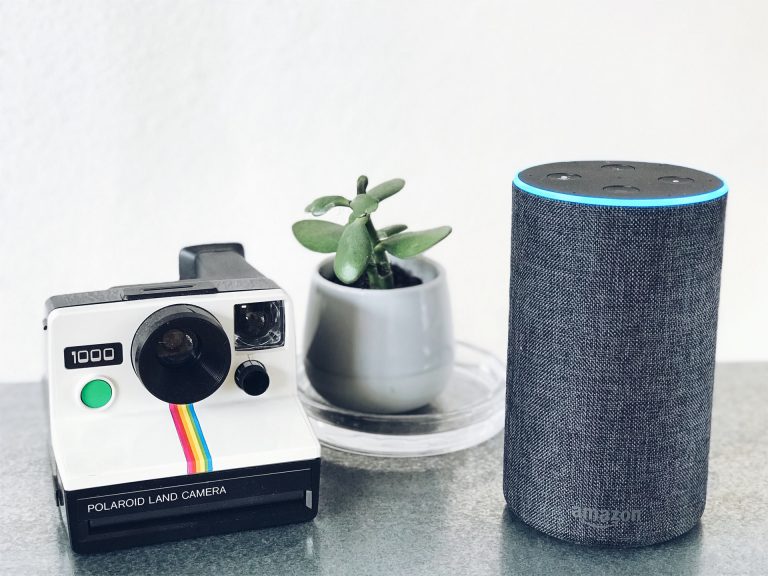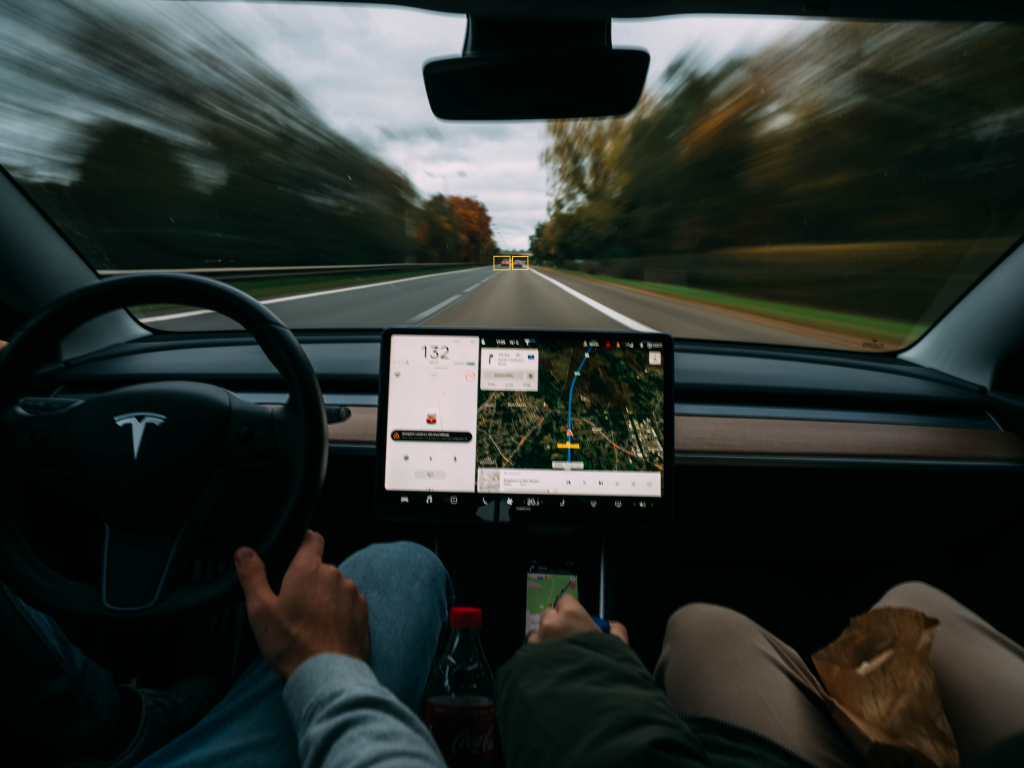Do you know by using its ML algorithm for personalization and content recommendations, Netflix was able to save $1 billion?
Isn’t it amazing?
Machine learning is a part of Artificial Intelligence that enables computer systems with the ability to self-learn by feeding them the required training data using which it can improve based on past experiences without being explicitly programmed.
Let’s talk about some of the real-life applications of Machine learning in detail.
How Does Speech Recognition Use Machine Learning Algorithms?
Let’s say you are a fan of Shreya Ghoshal and you often listen to her songs. You own Amazon Alexa at your home. You ask Alexa to play your favorite song by Shreya Ghoshal. As soon as you ask Alexa a powerful speech recognition system initiates and converts the audio it receives from your side into the binary form.
This binary form data is decoded with a machine learning algorithm and neural network. Once decoding gets completed it is sent to the Amazon Alexa server for further processing. The next step will be the initiation of a neural language algorithm that helps to understand the user’s intent (in this case, which song it wants to play).

After it understands the user intent it will give you the desired result. The entire machine-learning algorithm works this way. In the given example, as soon as the request of “playing your favorite song of Shreya Ghoshal” comes into the system it starts analyzing the data and learning it. It matches the received input data with the past user data(which songs of Shreya Ghoshal the user listens to mostly) based on this it makes predictions and decisions based on the past data and delivers the result i.e play the music “Param Sundari” that is the user’s favorite song.
This way the Machine learning algorithms take historical data as input value to predict new output values.
How Machine Learning algorithms are used in Self-Driving Cars?
The self-driving car utilizes the power of machine learning algorithms using which it collects data on its surroundings via cameras or other sensors. Based on the collected data as input the ML algorithms enable cars to learn how to carry out tasks as well as humans.

In the self-driving car, the most crucial role of an ML algorithm is the continuous rendering of the surrounding environment. This ML algorithm also forecasts the variations that are possible in these surroundings. The classification of the tasks into four sub-tasks.
- Object Detection
- Object Identification or recognition object classification
- Object Localization
- Prediction of Movement
How Facial Recognition is carried out using Machine Learning?
Machine learning algorithms are used in facial recognition surveillance techniques that utilize the unique characteristics of a person’s face to identify them. Most facial recognition systems work on the principle of comparing the face print to a list of databases of known faces. If the system finds a match it can identify the person. Facial recognition technology is used to identify and track down criminals and prevent identity theft to make the world a better place.

A deep learning Convolutional Neural Network(CNN) is the most common type of machine learning algorithm used for facial recognition. CNN’s are a type of artificial neural network that excels at image classification.
Working steps of Facial Recognition:
Step 1: Face Alignment & Detection
Face detection in the input image is the first step. A Haar Cascade classifier, a type of machine learning algorithm that is trained on positive and negative images, can be used to accomplish this. The machine must detect the presence of a face in an image or video. Most cameras now include a face-detection function. Social media websites like Facebook, and other platforms use face detection to allow users to add special effects to photos taken with their apps.
Step 2: Feature Measurement and Extraction
After aligning and detecting the faces, the next step is to extract features from them. To serve this purpose, the Convolutional Neural Network (CNN) is used. A CNN can extract high-level features from an image and use them to recognize faces in a database.
Step 3: Face Recognition
The extracted features are then matched with faces in a database in the final step. This is typically accomplished using a Euclidean distance metric, which assesses the similarity of two vectors.
How Automatic Language Translation Mechanism Uses Machine Learning?
These days, it is not a problem at all if we travel to a new location and do not speak the local language. Machine learning algorithms assist us in this situation by translating the text into the languages that we are familiar with using Google’s GNMT (Google Neural Machine Translation) function, which uses neural machine learning.
A sequence-to-sequence learning algorithm, used in association with image recognition and text translation from one language to another, is the technology powering automatic translation.
In sequence to sequence model, the main parts are Encoder and Decoder.
Let’s gain insight into it with the help of an example.
Suppose we want to build a translator that can translate 197463 sentences of English into their respective French translations. To get these datasets, we will go to manythings.org (This website contains dataset translations of many languages)
Step 2: Preprocessing of data
Things we require for pre-processing are as follows:
- We require sentences in one language and their equivalents in the other.
- Some characters like (,) and (.) are irrelevant in translation so we will leave all of them.
- Digits are also not required.
Step 3: Data ready for the encoder-decoder model

However, since we are utilizing this seq2seq model for language translation, both the encoder and the decoder should be models that can handle sequential input. Encoders can be any network, such as a recurrent neural network, LSTM(Long short-term memory), GRU, or convolutional neural network. We’ll apply LSTM. To know more, click here.
Here is how we will get the data ready for the encoder-decoder model.
To determine whether a phrase has begun or ended, the decoder needs a few unique tokens. As a result, each target language sentence must have SOS (Start of String) and EOS (Finish of String) tokens at the beginning and end (i.e. French in our case). Decoders can therefore handle sentences of varying lengths than encoders.
In french sentences, include the SOS and EOS tokens. Get every unique term in English and French, develop a vocabulary for each, and arrange the words accordingly. We can assign a number to each word using our list of sorted words and create a dictionary, which is highly useful for turning words into numbers. Because text cannot be entered into neural networks, we must translate words into numbers.
Lastly, divide the data into train and test groups.
Summing Up!
How humans interact with robots, technologies, and data has changed as a result of machine learning (ML). We have talked about real-life applications of machine learning in this blog that will spark your child’s interest in this exciting field.
 1518
1518



